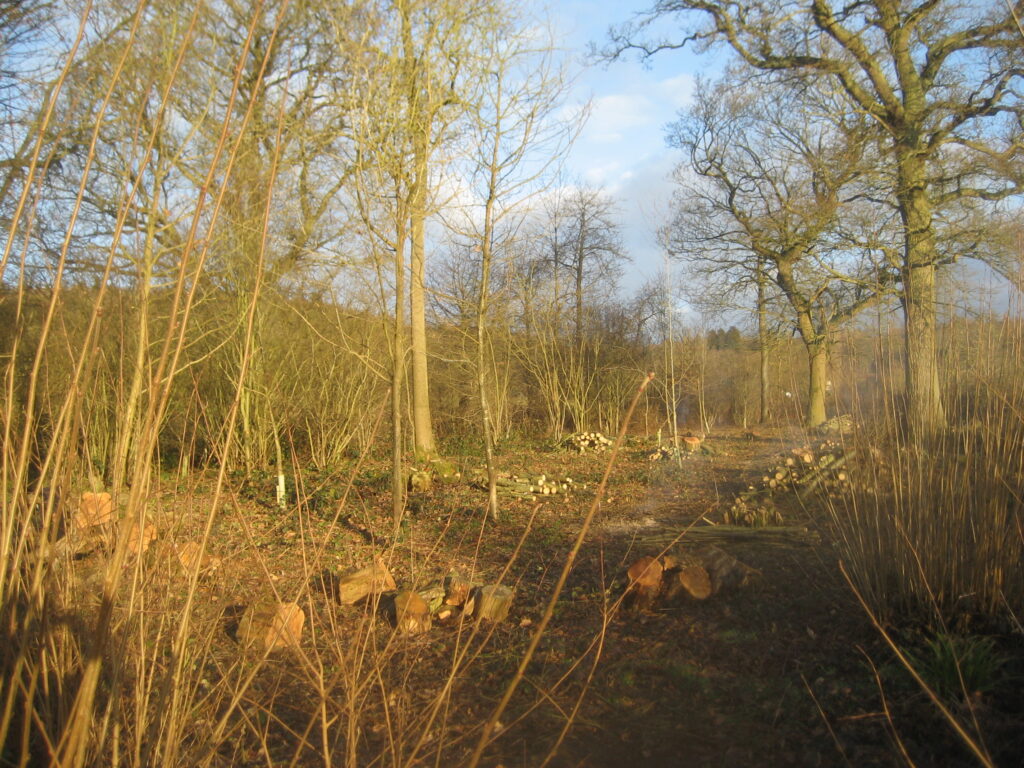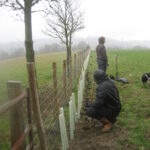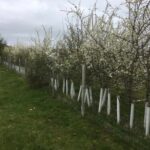Pasture Champions: Fidelity Weston and Romshed Farm 5/5
How do you monitor the biodiversity?
This is something I know we should be doing more systematically. We have done bird counts, species counts on the meadows and have had regular moth traps on the farm over the years.
Just taking photographs can help to monitor the change and as a family we love telling each other what we have seen.
I have tried the Seek iNaturalist app which I think has the potential to be brilliant – it is free, you can take a photo and identify what you see, send it to a central database so they are doing the very important job of collecting the data and it effectively keeps a record of what you have seen and also others in the area. The one drawback is that it is not as good at identifying species as some of the other apps are but hopefully it will get there. It is an impressive and inspirational citizenship project I think and should really help us all to learn more and look out for things as we are going around.
There is probably far too much in my head and not enough recorded, something I keep intending to rectify but monitoring is a time consuming and hard thing to do really systematically.
 Coppiced woodland
Coppiced woodland
What lessons have you learnt?
If you want to do something for wildlife just get on and do it as in time it will pay off. Where we planted our little whips all those years ago we now have great lengths of hedgerows. Taking off the nitrogen gave us a hit but after a few years it was thrilling to see the changes – the sound of the insects in our fields is wonderful.
I think the best two things we have done for wildlife on our farm is to stop putting chemicals and synthetic fertilizer on the land and stop feeding cereals to our ruminant livestock.
Both have meant we have focused on the natural processes and how we can farm profitably with very few inputs and giving nature a chance to really do the best it can.
We have benefitted enormously from grants, without which we would not have done as much as we have. I hope that others can benefit from these too in the future. What these did for us was to pay for the capital inputs and we put in the labour. It gave us a real incentive to be ambitious and get on and do it and as a result our farm has an even better infrastructure of hedges, species rich pastures, woodlands and ponds than we might otherwise have had.
I truly hope that the Government can see how supporting farmers to adopt organic and pasture-fed farming systems could lead to a sea-change in farming in the UK. It would build biodiversity into the business model and everyone will benefit.
- Planting hedges
- Hedge 8 years on from planting





